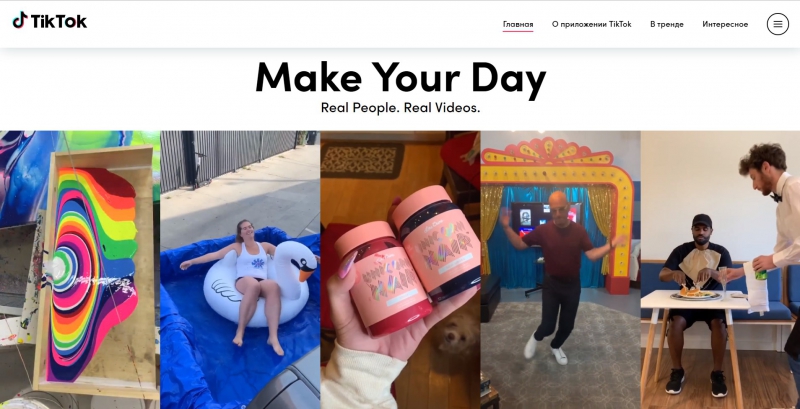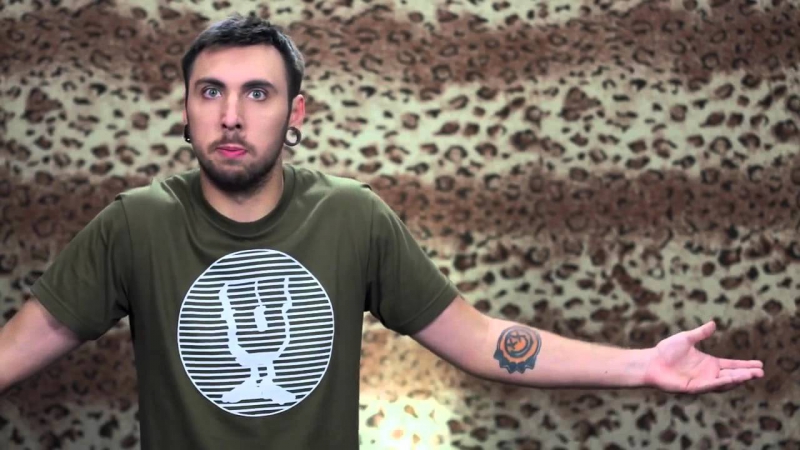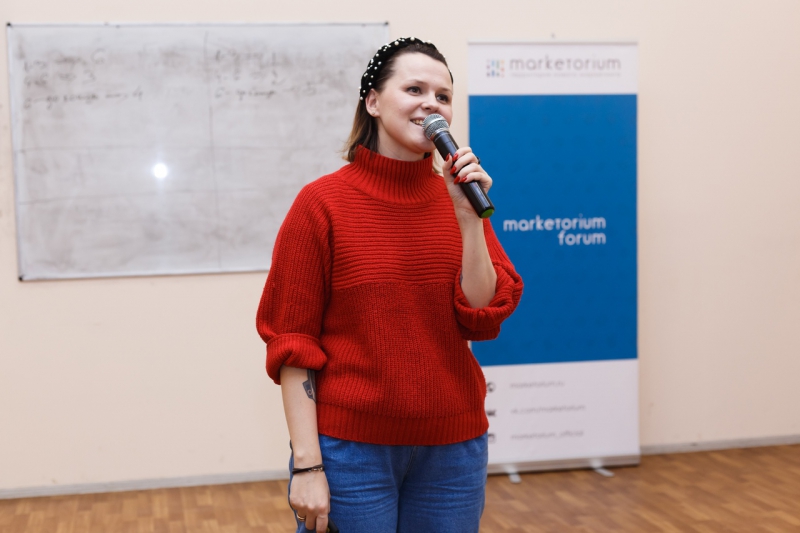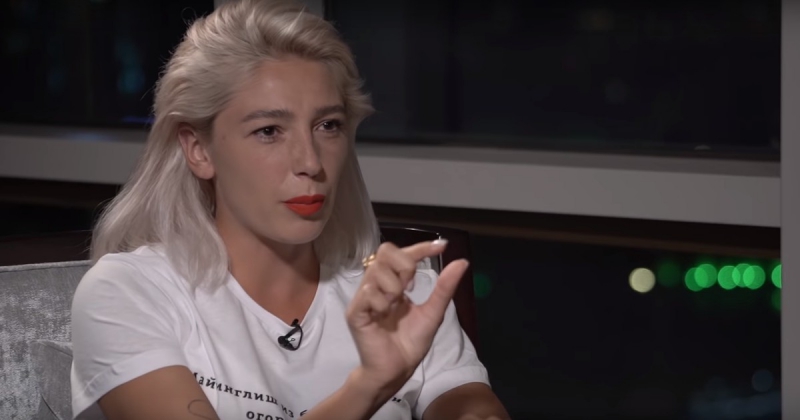Blogs in 2019: forms
There are four main forms of blogging in 2019:
- Streaming
- Videos
- Photos
- Texts
This is my own ranking based on public interest in these blog forms.
Why is streaming more important than videos? Let’s take a look at the recent technological changes on every platform, and we will see that there is one thing in common: they all now have online-streaming tools. It is a priority for every platform. Consider Facebook, for example. They have established countless partnerships to bring streaming to the platform.
Yandex is another example; this year, it seems, they’ve attempted to come up with a prototype of every social network in existence. VK too has its own streaming service. Every important player in the field has their own online-broadcasting tools.
On the other hand, why do I think it premature to bury text blogs? Even though we have been proclaiming LiveJournal dead for the last eight years, the platform keeps doing rather well or at least trying to do so. Yes, the audience outflow is huge, but the team is rapidly catching up with the bandwagon that’s bolting away. I believe the platform can still be reborn just like Twitter was this year.
Platforms

Want to learn the biggest blogging news of the last 48 hours? For one: Instagram is testing a TikTok prototype in Brazil.
What does it tell us? Around two years ago, a grown-up audience developed a taste for Instagram while the younger users left the platform. They went straight to TikTok. It took a while for the company to realize that the tools they offer young people are not exactly popular with them.
“Odnoklassniki”. A marketing expert has to be devoid of stereotypes and prejudices, and I want to underline that we have to take this social network seriously. I recommend making a habit of reading their blogs. It might be surprising, but it is a highly technologically advanced platform: the built-in payment service, which is still rather problematic on other platforms, is impeccable here; moreover, “Odnoklassniki” launched its streaming service before it came to VK.
Yandex.Zen. Only a month and a half ago they have presented their new video features. It is known that they are already negotiating priority content agreements with bloggers. Say, for example, you watch +100500 on YouTube. Now, to watch his video before everyone else does, you would first have to sign up for Yandex.Zen and watch it there. And there will be a lot of such stories. It’s clear that Yandex is trying to win over some of the Russian YouTube audience.

An average Russian blogger
We’ve done a little study in which we asked bloggers a number of questions. Our main platforms were Instagram and YouTube. An important footnote is also that we ruled out top-bloggers that earn several million rubles a month on advertising deals: there is too big of a gap between them and everyone else, so we would risk getting an irrelevant picture if we considered them as well.
Thus, we were able to see an average Russian blogger. It is a woman, between 25 and 34 years old, from Moscow or St. Petersburg. Most of them are married, with no children.
What’s more, according to our study, the Russian blogosphere peaked in 2014. It was the year when everyone was creating blogs, navigating between various platforms with most finally settling on Instagram, because back then the competition there was not as harsh.
Trends
The increased number of platforms. These days there is one for every target audience.

New platforms are being actively tested. Platform elitism is no more. TikTok and Twitch are almost ancient past for younger audience (school and university students), while they are still pretty new for brands and advertising agencies.
Platforms that can’t meet the demand lose everything: their audience and their popularity. One such example is Twitter. It is said to experience its second reincarnation this year; we’ll see if the platform manages to be as desirable as it used to be several years ago.
The growing average age of the audience. With a growing audience comes a growing demand for content. In its turn, it leads to a great number of producer-led projects like Big Russian Boss or Chicken Curry. If we open “Trends” on YouTube and do a little research into the history of each channel up there, we will discover that most of them were created by a TV-production of some sort. Five years ago, videoblogging was cozy and heartfelt, but now YouTube is turning into a TV. The Russian segment is full of examples, and they only demonstrate a growing trend.
On-air content consumption. How often do you print out your photos? There is no right or wrong answer to this question. If you take some time to analyze your habits after this lecture, you will see the change in our relationship to content. It is not the moment we are trying to preserve, but the speed that we do it with: you take a picture, upload it and forget about it. And every platform is encouraging this pattern.

It doesn’t come as a surprise then that YouTube is going to delete the channels that cannot potentially be monetized. One more piece of evidence for the “on-air content” hypothesis. We assume something similar will happen to Instagram and in a couple of years, the service will make us pay for our photo archives. I bet it is going to happen very soon because the platform doesn’t benefit from storing all of our photo-memories for us.
Being a blogger is easier. Everyone is coaching bloggers these days. My daughter has Blogger school as one of the compulsory elective courses at her school. This course teaches children how to talk properly and work with a camera like a traditional TV-presenter school would do.
Blogs become specialized. “Complicated” fields (like space industry and other science and technology fields) started educating their own bloggers. One of my favorite examples is the Roscosmos Instagram account: you can see how they turn the people originally not used to working in the digital sphere into bloggers who are ready to share content on a daily basis.
Celebrities became bloggers. Every famous person has a personal blog, celebrities turn them into revenue sources using them as advertising platforms.
Bloggers became celebrities. They get invited to various TV-shows now, but only five years ago convincing a TV-studio that bloggers have to be considered posed a challenge.
The appearance of nano- and microbloggers. Audiences came to these for expertise and personal opinion. As for numbers, nanobloggers are those with less than 10,000 followers, while microbloggers have 10,000-100,000.
Why is it a trend? The celebrities’ advertising prices start at 1 million rubles. First of all, not every brand can afford it, and not every company has an opportunity to stand in line for 6-7 months waiting for a free spot. The second reason is celebrities themselves that kept on promoting random products. It was fairly recently that The New York Times published a great study on audience not trusting celebrities, and brands subsequently choosing not to work with them.
Although I think it is not exactly like that, and major brands still prefer not to work with “small” creators. I don’t see nanobloggers going very far, but microblogger collaboration is still a valid medium business story.
This lecture was held within the framework of Marketorium Forum. The event was organized by the Marketorium international project, based at ITMO’s Faculty of Technological Management and Innovations. Marketorium Forum is a place where marketing specialists can discuss the latest trends, exchange their knowledge and experiences, and share their ideas and inspiration. This fall, the topic of Marketorium Forum 2019 was “Trendwatching: how to analyze trends and use them in marketing”. Specialists from marketing agencies and major companies like Yota, Valio, MEGA Parnas, Sberbank, Aviasales, and many more will speak at the Forum.





